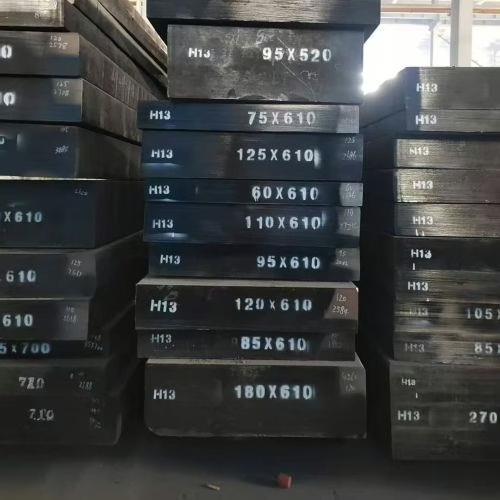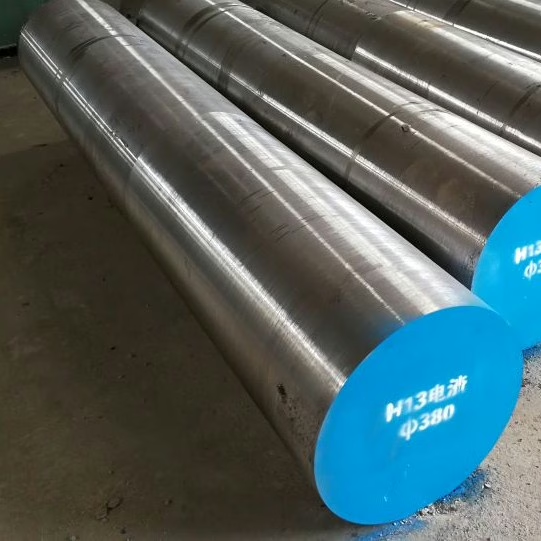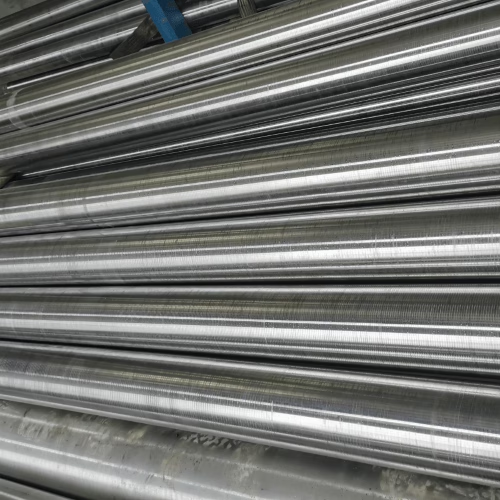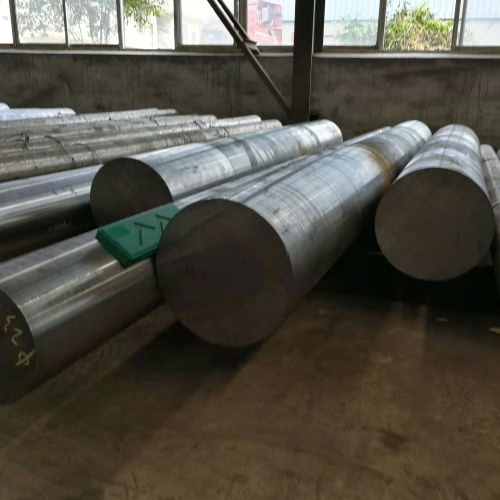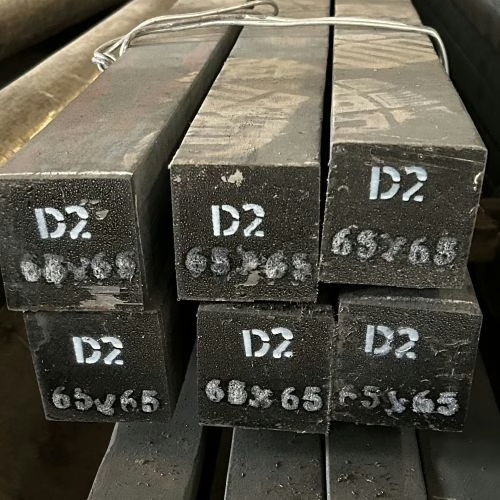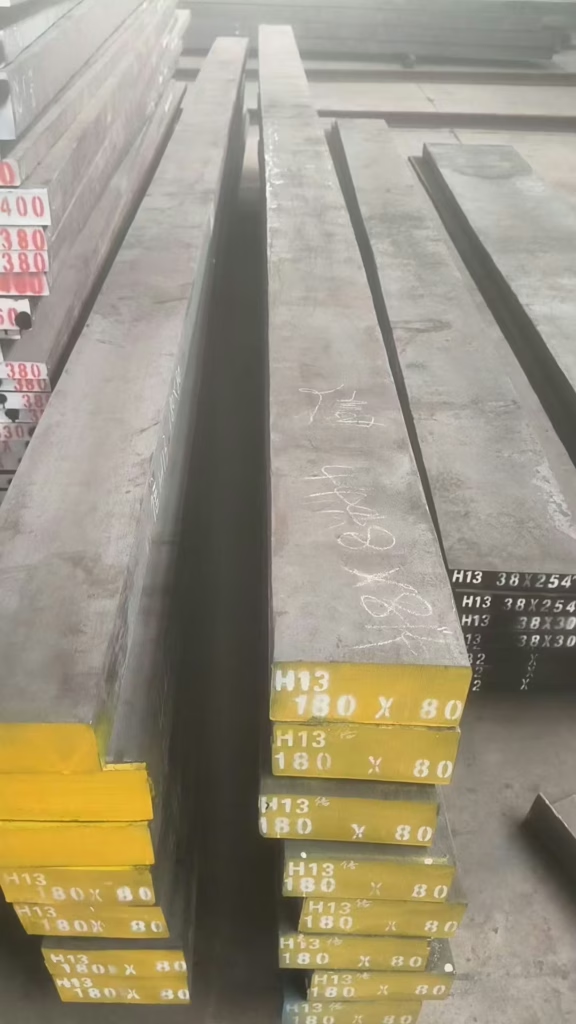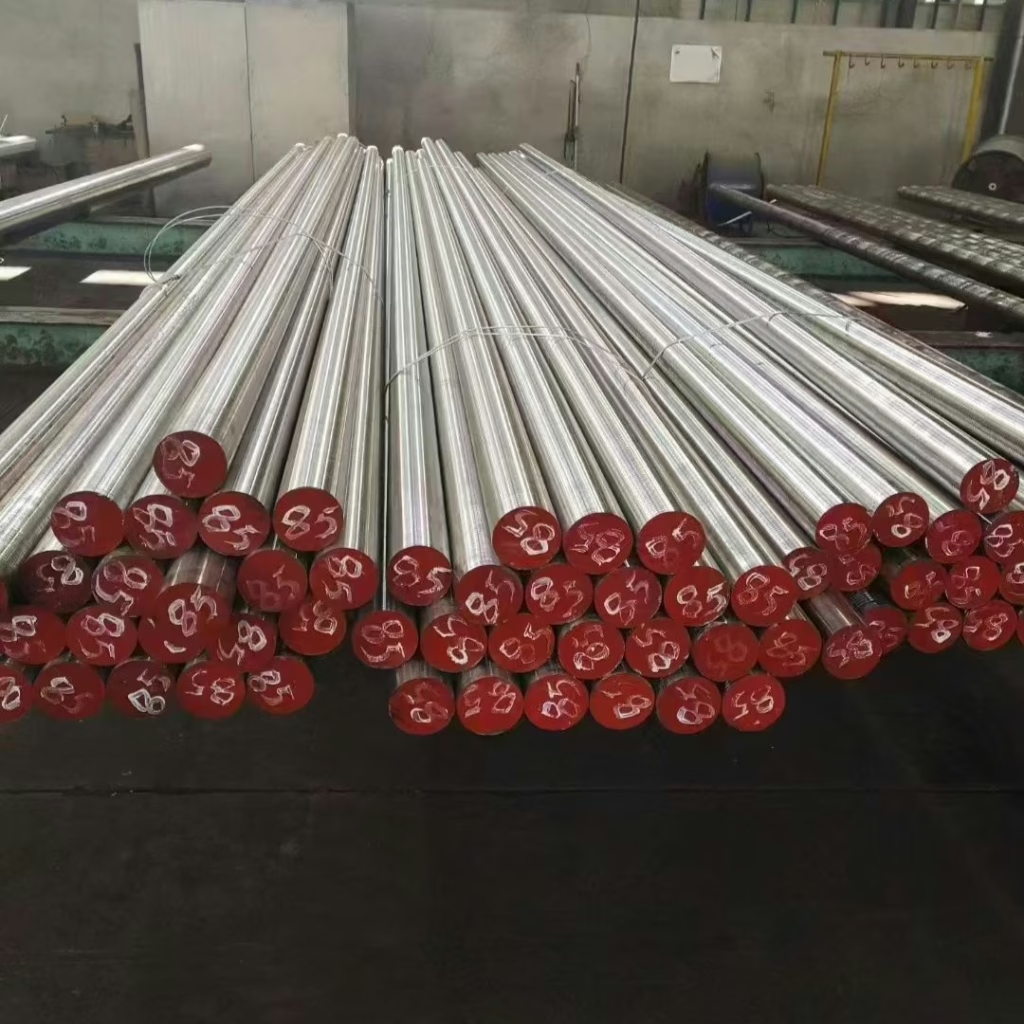فك رموز تركيب الفولاذ H13: الدليل الشامل لكيمياء فولاذ أداة العمل الساخن
يُعد فولاذ H13 من أكثر أنواع فولاذ أدوات العمل الساخن استخدامًا وتنوعًا على مستوى العالم، ويعود ذلك أساسًا إلى تركيبته الكيميائية المُهندسة بدقة. صُممت مادة H13 لتحمل الظروف القاسية، وتوفر موثوقية استثنائية حتى في البيئات القاسية ذات درجات الحرارة العالية والضغوط العالية. يتعمق هذا الدليل في العالم الكيميائي الدقيق لفولاذ H13، موضحًا كيفية [...]
فك رموز تركيب الفولاذ H13: الدليل الشامل لكيمياء فولاذ أداة العمل الساخن اقرأ المزيد »

